Heidelberg Racetrack 5 Miles Long, Doo Dah....
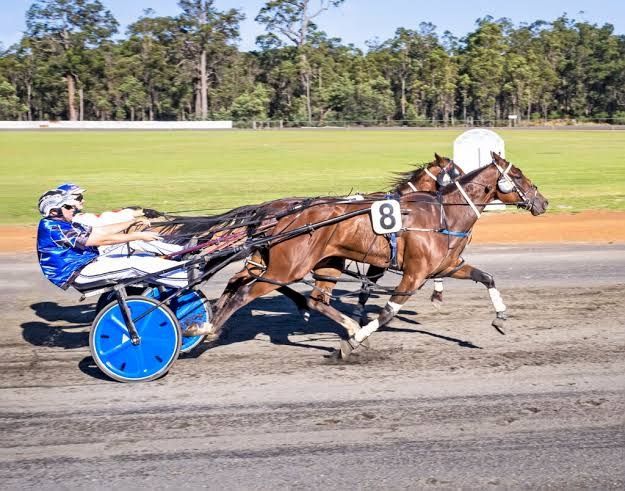
Bit of an exaggeration on the length but I'll bet it got you humming!
Over in Austria our correspondent Nilss scours the deepest recesses of the internet thingamajig for references to his fondly remembered Eaglemont.
He has hit on the existence of Heidelberg Racecourse.
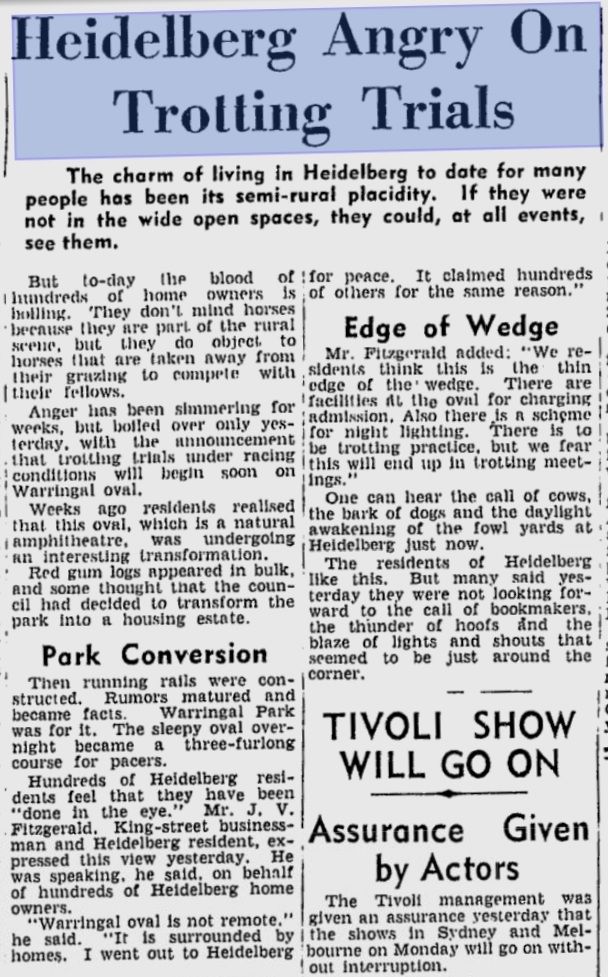
Over at Heidelberg Historical Society the erudite Janine Rizzetti was on to this topic a little while back. Brian Membrey had filed a post with Wikinorthia.
Below is an amalgam of snippets from multiple sources, giving our readers a (hopefully) interesting insight to the days when local braggarts pitched their nags into head-to-head battle.
To be fair those were days when the quality of horses for speed, ploughing, carting and carrying was of utmost importance to owners and prospective buyers.
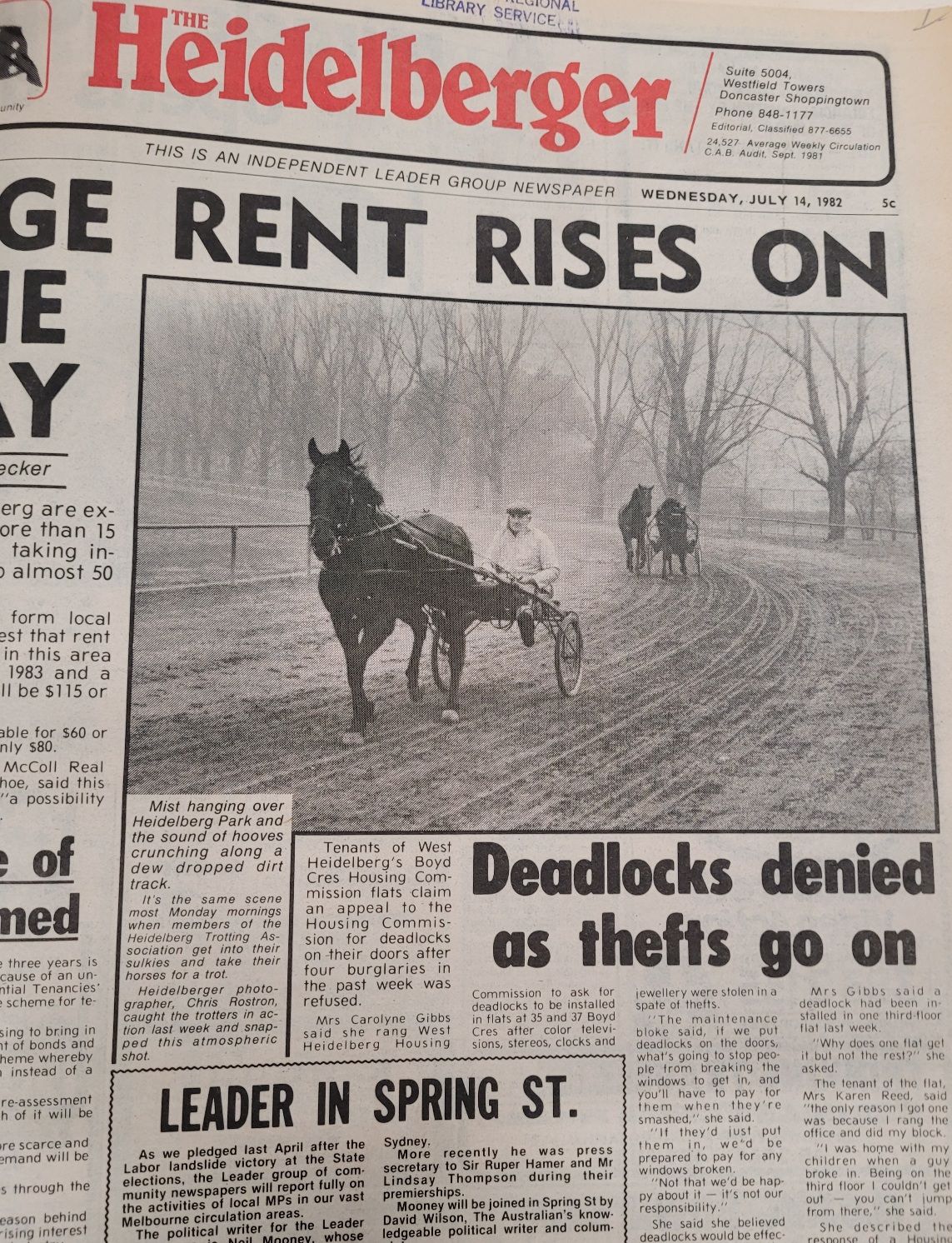
The Age, 27.12.1871, Page 3 HEIDELBERG.
Early on Christmas morning there was a regular stampede of the inhabitants of Heidelberg, all having their various favorite holiday resorts, Mordialloc being the chief, for which place a four-horse coach left early in the morning, which was heavily loaded ; but whilst the inhabitants were deserting their pretty village, streams of vehicles from Melbourne and its suburbs, heavily freighted with pleasure seekers, were pouring into it en route for the many favorite places of resort for picnic parties on the Yarra near Eltham and Templestowe, great numbers remaining at the several favorite spots on the Heidelberg racecourse and the many windings of the Yarra in its immediate vicinity, not the least remarkable feature of the day being what may be termed "a popular wedding," at the Heidelberg parish church. At ten o'clock a procession of about twenty vehicles of every description, headed by the Richmond band, with colors flying, halted at the church, and immediately the building was taken possession of by about 150 well dressed holiday makers, who came to do honor to and witness the marriage of Mr. Riley, a member of the Richmond band. After the ceremony a procession was formed, and with band playing and colors flying the new married couple were escorted to the racecourse, where an al fresco entertainment on a large scale had been provided for the whole party, who did not leave the festive scene until late in the evening. In the afternoon the Heidelberg Primitive Methodists held their annual tea meeting and public services, at which Mr. T. Peters, of Collingwood, presided, assisted by the Rev. A. T. Glasson, Mr. T. Gilbert, and others. The meeting was numerously attended by friends from East Collingwood and the various surrounding localities.
Early on Christmas morning there was a regular stampede of the inhabitants of Heidelberg, all having their various favorite holiday resorts, Mordialloc being the chief, for which place a four-horse coach left early in the morning, which was heavily loaded ; but whilst the inhabitants were deserting their pretty village, streams of vehicles from Melbourne and its suburbs, heavily freighted with pleasure seekers, were pouring into it en route for the many favorite places of resort for picnic parties on the Yarra near Eltham and Templestowe, great numbers remaining at the several favorite spots on the Heidelberg racecourse and the many windings of the Yarra in its immediate vicinity, not the least remarkable feature of the day being what may be termed "a popular wedding," at the Heidelberg parish church. At ten o'clock a procession of about twenty vehicles of every description, headed by the Richmond band, with colors flying, halted at the church, and immediately the building was taken possession of by about 150 well dressed holiday makers, who came to do honor to and witness the marriage of Mr. Riley, a member of the Richmond band. After the ceremony a procession was formed, and with band playing and colors flying the new married couple were escorted to the racecourse, where an al fresco entertainment on a large scale had been provided for the whole party, who did not leave the festive scene until late in the evening. In the afternoon the Heidelberg Primitive Methodists held their annual tea meeting and public services, at which Mr. T. Peters, of Collingwood, presided, assisted by the Rev. A. T. Glasson, Mr. T. Gilbert, and others. The meeting was numerously attended by friends from East Collingwood and the various surrounding localities."
Wikinorthia
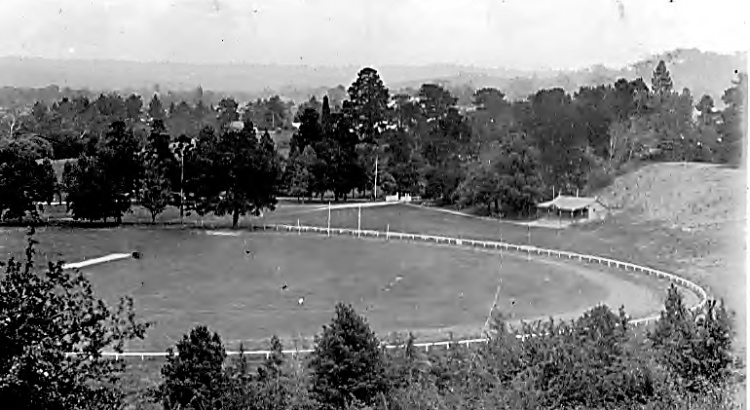
Racecourses of the north – Heidelberg
November 16, 2015
The exact location of the Heidelberg course – or courses – is generally accredited to be at the Heidelberg Cricket Ground and one report from 1880 has jockeys weighing-in in the cricket pavilion, but whether this represents today’s layout of Warringal Park is uncertain. .
Today’s cricket ground is to the north of the Warringal Parklands, Warringal Park used for football in winter just to the south-east.
“The Heidelberg racecourse” was a more common reference rather than “cricket ground”, but the doubts as to the location come as there are references to parts of the course “alongside the river” with today’s cricket ground separated from the Yarra by swamplands.
The first inkling of a racing scene came in June, 1853 when in an advertisement when “subscribers and friends” of the Heidelberg Race Fund were requested to attend a meeting at Henry Baker’s Old England Inn to make arrangements for the ensuing races“.
(“Race funds” were common at the time – members paid a subscription, and in some cases, races were restricted to their horses, in others, an additional entry fee was payable by “outsiders”).
Mr James Day was listed as secretary, but sadly, there is no surviving documentation of the ensuing meeting …
Through the late 1850s and 1860s, the course hosted two-day meetings, one report in The Argus in February, 1860 on the second day (the Saturday, and generally attracting many more spectators from inner Melbourne) comprised three heats of the Hurdle Race, three heats of a Selling Stake, an impromptu cricket game which continued in the centre of the course throughout the afternoon, several private racing matches of somewhat inferior quality and entertainment value “and a scrimmage between two turfites which while it lasted was very edifying, although not conducted under the strict principles of the Pugilistic Benefactors Association“.
Rather than a set public holiday, the races were usually scheduled between late February and early May, although like most of the semi-rural course, Heidelberg was regularly use for private matches, one in particular for £100 per side between Mr Greenaway’s Slick Sam and Joseph Smith’s black mare, Kitty.
Regardless of the location, it appears the track was very small, one slightly (presumably) tongue-in-cheek account suggesting that jockeys sometimes went an extra lap to ensure that they had completed the full distance!
A new Heidelberg Racing Club was formed in 1876, with a suggestion that Mr. Martin (a local barrister whose private residence was shown in directories as Viewbank) had given the club permission to extend what appears to have been a small track on Council property thought his paddock.
Throughout the next few years, the cricket ground was used in winter months by the Heidelberg Hurling Club
A report on the 1880 meeting suggested that jockeys weighed-in in the cricket pavilion and the course “wound round the fields and among houses “to such an extent that stewards had to show them around the course before the meeting commence for fear that they would get lost!
The course was not without criticism.
A rather long letter to The Argus in 1878 signed only as “STEEPLECHASE RIDER” suggested “the jump by the river” was extremely dangerous, even going so far as to claim that on the slippery ground at the previous meeting “even money was freely given that no horse would get round; perhaps this is what the stewards connived at to save the £50 prizemoney and in addition pocket the owner’s nomination and entry fee”.
There is no sign of racing continuing on a regular basis past the 1882 meeting, although there three races noted at the Heidelberg Easter Sports in 1888.
Regardless of the equine sports, the grounds were always a popular haunt for Hunt Clubs pursuing quarry north to Eltham an for organise picnics for parties from inner Melbourne.
Horse racing returned to Heidelberg in a limited form in 1947 when a trotting track for training and trial purposes was built around the football oval just prior to post-war resumption of the sport in Melbourne with the opening of the track for night meetings at the Showgrounds.
The Warringal Park track, although not utilised for many years, still appears in directories now used at football matches for car parking.
OZSPORTSHISTORY
Brian Membrey ; Local historian for Darebin area and sports of all sorts
Heidelberg Historical Society
Off to the races!
Posted on Saturday, 2nd November 2019 by Janine Rizzetti
From our Facebook Page 2 November 2019
They’re off and racing on Tuesday!!!!…..but not at the Heidelberg Racecourse. Between 1853 and 1877 the Heidelberg Racecourse was located in Heidelberg Park, shown here. It was a favoured picnic location for Melburnians who could pack their picnics and enjoy the races.

The two-day Heidelberg Races on 10 and 11 February 1860 included three heats of the one-and-a-half mile Handicap Hurdle Race, the two-mile Publican’s Purse, the Selling Stakes, a Consolation Stakes for all the beaten horses, and a Pony Race. Add to this a strong wind, a little dust, an impromptu cricket match which took place on the oval, and fisticuffs amongst the crowd…. a wonderful day was had by all! (see The Argus 13/2/60 p.5 on Trove)
The Heidelberg Racecourse was also used for Steeplechase racing, trotting and hurling (!!).There was also an unofficial trotting track near the corner of Bell Street and Waterdale Road and behind the old Heidelberg High School, and trotting was conducted in Warringal Park for many years, with a trotting gymkhana held there as late as April 1983.
This photo is dated 1900-1909 and seems to have been taken from the hills surrounding Heidelberg Park. It looks familiar, and yet not quite right.
For example, I’m not sure that the building shown here is the cricket pavilion that was certainly at the Park by 1934 when it was flooded out. The building here seems to be in the flat area now taken up by the car park. Nor is St John’s Church of England visible, to help us orient ourselves.
What if we reverse the image? That means it would be taken perhaps from the hill that St John’s is located on, looking north.

There still doesn’t seem to be enough of a slope behind the building. Most odd!
Source: State Library of Victoria http://handle.slv.vic.gov.au/10381/295199
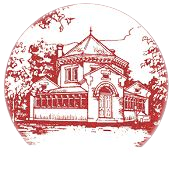
Member discussion